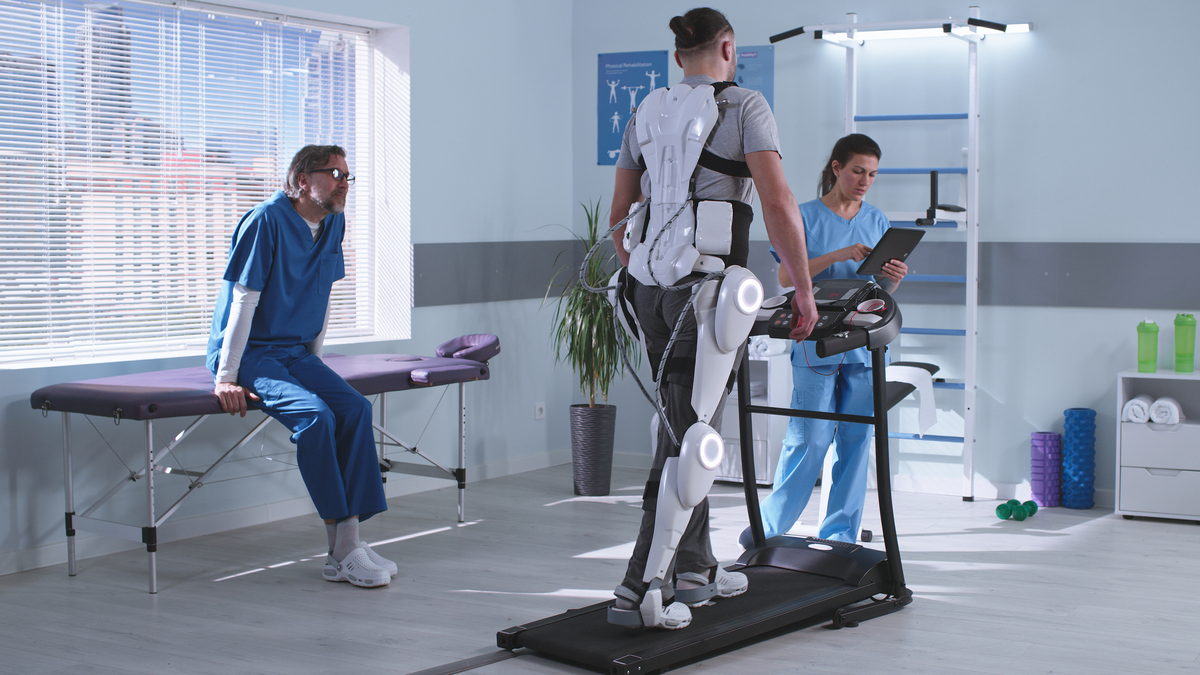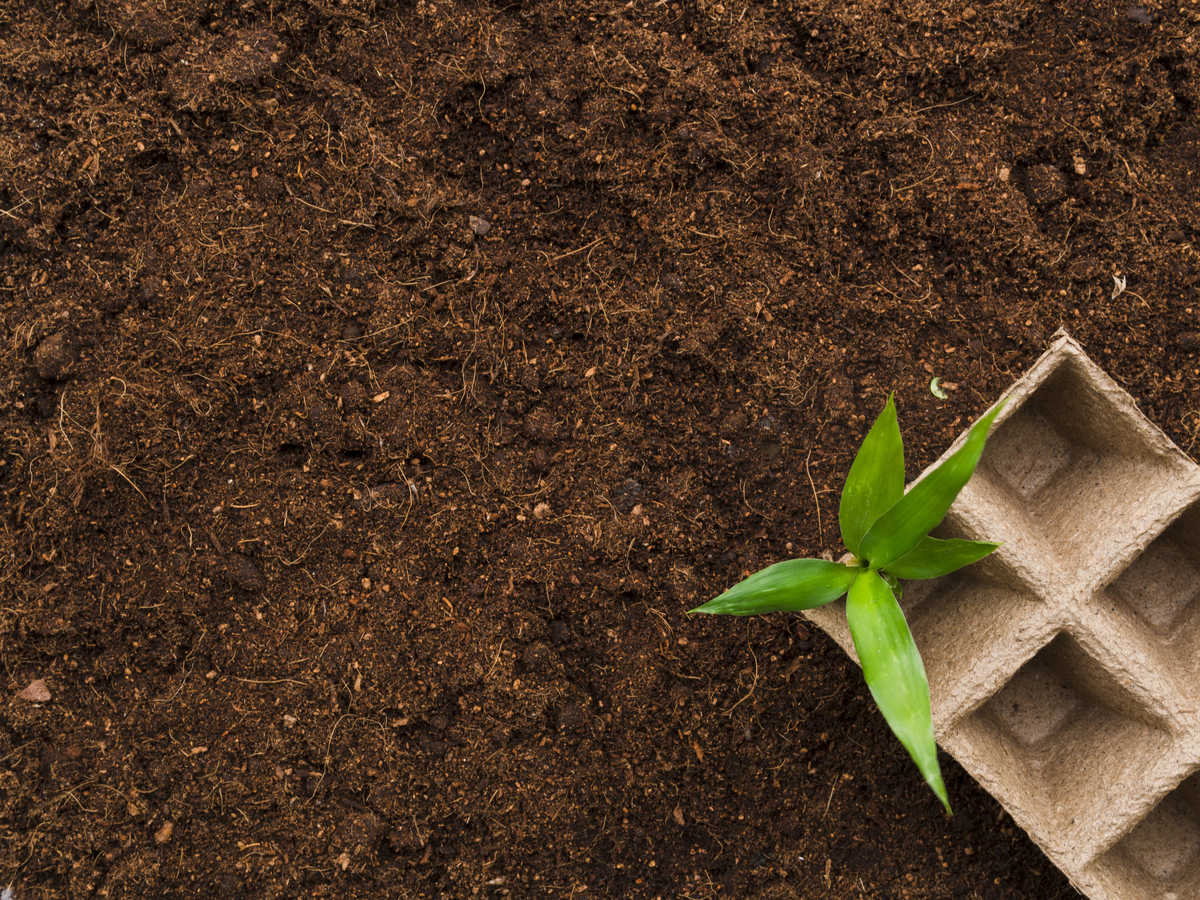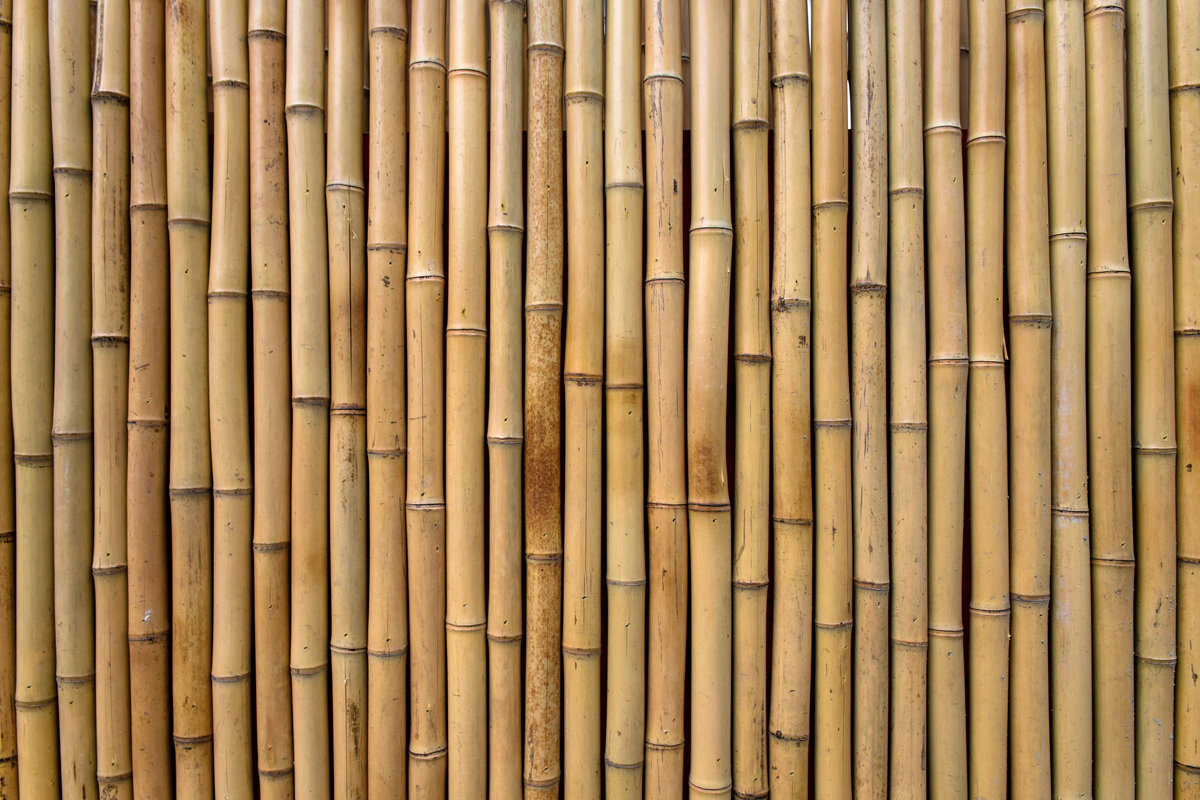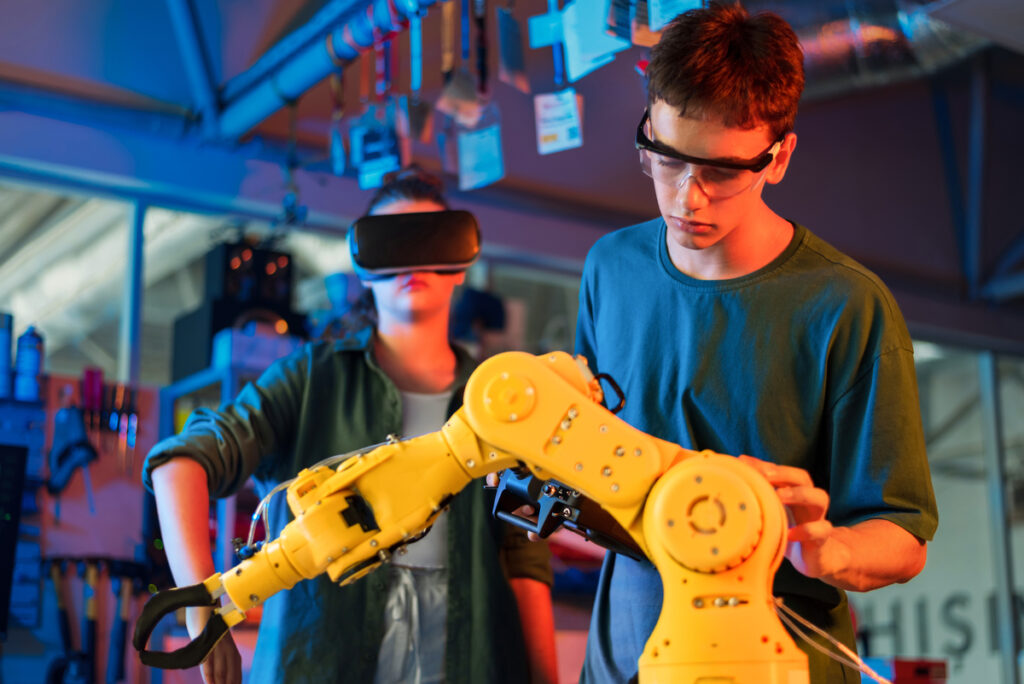Exclusive Neuroject Article: The construction industry is constantly evolving, and 2024 has been a year of remarkable growth and innovation. This article, titled “Exploring 7 Construction Innovation Ideas of 2024,” seeks to highlight and analyze the most impactful Construction Innovation Ideas that have been shaping the landscape of the industry this year.
We’ll dissect each of these ideas, exploring their genesis, their practical applications, and the way they’re changing the landscape of the industry. With a mix of pioneering technologies and ingenious approaches, these innovations are not just transforming the way we build, but are also paving the path for a more sustainable and efficient future.
Table of Contents
1. Kinetic Facade
The different types of kinetic façade demonstrate the way in which architecture, incorporating construction innovation ideas, has been evolving ever since the beginning of human life, combines the eternal aspects of nature with cutting-edge technology.
1. Movement in Light Projection Kinetic Façade System
The different types of kinetic façade turns nature into architecture’s willing partner, integrating construction innovation ideas in ways unimaginable before. The light employed in a kinetic façade is a beautiful structure. The kinetic façade mechanism allows the building to shape light into an illusion that creates a sense of movement and change. At Danpal, the awareness of the fact that this fusion of the present and the past generates a future that will offer buildings for a population that values environmental responsibility, both commercial and residential, is kept in mind when developing new construction innovation ideas.
2. Wind as a Kinetic Façade Mechanism
The wind responsive kinetic façade system is another example of how cutting-edge technology may use the wind’s mobility. wind’s ability to assist motion is certain; the amazing thing is how well it works with technology. A kinetic building façade is activated by the wind, traveling anywhere it pleases, resulting in fluid transformation. Danpal concurs with the idea that energy efficiency requires more than just the motion. A habitat where people and nature coexist in harmony is created using a fantastic dynamic façade technology.
3. Bioclimatic Kinetic Façade
Perhaps the least technical manifestation of nature’s beauty exists in this kind of kinetic façade. Imagine a kinetic façade design with walls completely covered in vegetation, displaying the splendor of the four seasons.
4. User-Controlled Kinetic Façade
infused with a reviving dose of nature, sustainability is drastically transforming an urban environment in plain view of the neighborhood. a structure with life and breath; made feasible by a kinetic façade design.
What amount of light do you need? You call the shots in this kind of façade. You’ll be Interacting directly with nature while using this kinetic building façade. It’s too dim? Just let the light come in. Too hot? The shading comes to rescue. Electronic controls inside the structure, rather than any sort of response system are operating the motors on the façade.
The potential for kinetic facades is spectacular and intriguing. So Keep an eye out—your structures are moving, and with them, the progress of construction innovation ideas continues.

2. Nanotechnology in Construction
The manipulation of matter at the nanoscale, which has fundamentally distinct properties from those of atoms, molecules, and bulk materials, is known as nanotechnology. The goal of nanotechnology is to create nanoparticles and engineer them to create improved systems for applications that are affordable, sustainable, and effective, forming an integral part of construction innovation ideas. Nanotechnology advancements have an impact on most commercial sectors, including construction.
These technologies, when incorporated as construction innovation ideas, can improve the durability, strength, life span and resistance of construction materials, reduce production, maintenance and retrofitting costs, and bring solutions to difficult problems in the industry.
The construction industry has a lot to gain from the application of nanotechnology, with the most promising materials for these construction innovation ideas being carbon nanotubes and titanium dioxide.
For example, nanotechnology facilitates the enhancement of nanoscale structures inherent to concrete – such as cement hydrates, aggregates, and additives – by engineering nanoscale components like carbon nanotubes, nano silica, and nano clays, among others. This intricate engineering, brought about by the implementation of construction innovation ideas, not only boosts the structural integrity of the concrete but also imbues it with advanced properties.
Glass materials have also seen remarkable improvements through nanotechnology. It has endowed glass with a range of novel functionalities, such as energy and solar control, fire safety, noise and reflection reduction, self-cleaning abilities, and scratch resistance. These functionalities could profoundly impact architectural and design considerations in the industry, further promoting the need for construction innovation ideas.
Moreover, nanotechnology has significantly influenced structural steel, a fundamental construction material. The application of nanotechnology refines the grain size of steel, reducing cracking and improving its structural performance. Notably, the use of carbon nanotubes can amplify the tensile strength of structural steel by a factor of 150 and concurrently reduce its weight six-fold (Teizer, Venugopal, Teizer, & Felkl, 2012). This lightweight steel application, a perfect example of construction innovation ideas in action, drastically lowers energy expenditure and workload in construction processes.
Considering all of this we can come to the point that Nanotechnology, as one of the key construction innovation ideas, has the potential to improve the construction business by tailoring conventional materials to the rapidly changing requirements of our world. It can also reduce production, maintenance and retrofitting costs, transforming the industry and bringing solutions to difficult problems. Overall, nanotechnology is a promising approach to the improvement of the construction business, driving construction innovation ideas forward.

3. Biotechnology
In order to promote the coexistence of humans and the environment by using living, bioengineered materials that can grow, create energy, and heal, biotechnology architecture, one of the innovative construction innovation ideas, blends natural science theories with design concepts for buildings. Bimhow’s report illustrates the severity of the problem, stating that the global construction sector contributes to 23% of air pollution, 40% of water pollution, and 50% of landfill waste.
To reduce the impact of construction activities on the environment, architects and bio scientists are making an attempt to build in harmony with nature through nature-inspired innovation in material, form, and construction technology, which are essentially construction innovation ideas. Biotechnology architecture intertwines the theories of nature with building design principles to foster the co-existence of man and earth, using live bioengineered materials that can grow, produce energy, and self-heal.
One such construction innovation idea is in Air Circulating Systems. Hiroshi Ishii’s group at MIT has developed biological materials that change their shape when they come in contact with water. These materials are made with layers of bacterial spores and latex which either inflate or contract depending on the amount of water absorbed.
Scientists are devising a method to build the external membrane of a building with these materials, making it ‘breathe’ and maintain a continuous flow of air throughout. This construction innovation idea will help the structure have a life of its own and help with the exchange of gases, allowing users to respire and have access to high-oxygenated air.
Another innovation area that serves as a brilliant example of construction innovation ideas is Energy Production. The Hub for Biotechnology in the Built Environment’s (HBBE) study of building metabolism is a traditional application of biotechnology in architecture. It hypothesizes that the building’s functional component will process the biological wastes produced by its occupants and transform them into pure energy and other useful goods.
Tiny-scale bioreactors are used to turn food and human waste into electricity, as well as to manufacture nutrients and enzymes that can break down plastic and produce useful items. The ‘microbiome’ is made up of environmental bacteria and viruses, and another goal of HBBE is to look at how humans living in a complex might live in greater harmony with these microbes and viruses. These methodologies are all creative applications of construction innovation ideas.
Biotechnology, as an example of construction innovation ideas, is assisting us in leaving a better world for future generations by preventing the exploitation of our future ecosystems and assisting humans in the development of buildings that are more appropriate and sustainable for today.

4. Exoskeletons for Workers
Exoskeletons, devices that boost strength and decrease injuries, are expected to gain popularity in the construction sector due to their cost-effectiveness, marking them as prominent construction innovation ideas. They can be passive, without the use of motors, batteries, or actuators, or active, which do use these components. Passive exoskeletons are commonly used in construction and manufacturing industries because they are cheaper and don’t require actuators to support the user’s weight or payload.
Here are some types of these construction innovation ideas:
Mounted Arm Exosuit: This type of exoskeleton, a manifestation of construction innovation ideas, uses a spring-loaded arm to hold a heavy tool at one end, which is connected to a lower-body exoskeleton and a counterweight, transmitting the tool’s weight to the ground. Examples include the EksoZeoG from Ekso Bionics, a passive exoskeleton that often has just one joint sufficient to support weight.
Overhead Exosuit: This exoskeleton provides support to the arm, neck, and shoulder of workers during overhead installation tasks such as installing sprinklers or ducts. It reduces strain on the neck and arm muscles and decreases repetitive stress injuries while providing passive, dynamic support without restricting the torso’s and arms’ range of motion. This is another illustration of construction innovation ideas.
Arm Support Limb: The Mawashi Fraco Exoskeleton is a hybrid system, showing the versatility of construction innovation ideas, that provides arm support for lifting and positioning building blocks and masonry tools. It requires minimal power but offers ergonomic upper body and arm support, making objects appear lighter and allowing workers to perform various tasks without fatigue.
Crouching and Standing Support: Chairless chairs, an example of construction innovation ideas in ergonomics, are portable exoskeletons that allow users to stand or squat for extended periods, providing support and reducing musculoskeletal injuries and repetitive stress disorders. Swiss company Noonee’s Chairless Chair locks into place, reducing knee and leg pressure.
Whole-Body Suits: Full-body powered suits provide additional assistance and strength. For instance, compressed-air springs in the back of a SuitX exoskeleton allow workers to bend forward while bearing some weight. Homayoon Kazerooni, the CEO of SuitX in Berkeley, California, explains that a shoulder unit uses a similar assist-mechanism for lifting or working overhead. Such construction innovation ideas offer the potential to dramatically improve worker safety and productivity.

5. Carbon Capture Technologies
Recently, the Association of Sustainable Building Products (ASBP) hosted a policy symposium on the contentious topic of carbon sequestration in buildings, a key issue among construction innovation ideas. In order to develop better, more ecologically friendly buildings, several industry experts discussed what it is, how it should be understood, and how it should be incorporated into the design process.
Biogenic materials like wood, hemp, and recycled paper are used in buildings for carbon storage as part of these construction innovation ideas. These materials remain locked until the structure is demolished, and when discarded, they are disposed of. Proper management of biogenic materials can enhance carbon storage and promote the growth of new forests. The built environment often lacks discussion on sequestered carbon, but proper management can reduce greenhouse gas emissions and increase carbon storage in the built environment.
A building must meet specific conditions to become a net carbon absorber, this includes a net gain in carbon storage, replacing biogenic materials in equal or larger quantities, reducing emissions, and minimizing operational energy demand to offset the benefits of carbon storage.
A building must meet various requirements to become a net carbon absorber. Biogenic elements must be replenished, and transportation and conversion must result in less carbon emissions than stored. Utilizing biogenic materials should not significantly reduce operational energy demand, as this negates carbon storage benefits.
Two initiatives demonstrate how buildings, through the use of construction innovation ideas, can act as carbon sinks. Cross-laminated timber (CLT) was used to build the nine-story Murray Grove residential building in Hackney, which resulted in a net reduction of 1260 tonnes of CO2 compared to using concrete. Andrew Waugh of WaughThistleton presented the study. Speaking about Bridport House, an eight-story residential project designed by Karakusevic Carson Architects, was Jonathon Fovargue of the specialty timber contractor Eurban. According to his calculations, there was a total difference of 2044 tonnes of CO2 released into the atmosphere between a concrete frame and a CLT structure, which is equal to 27 years’ worth of the scheme’s anticipated operational carbon emissions. Waugh and Fovargue both mentioned further advantages of CLT, compared to an equivalent concrete frame, it is substantially lighter.

6. 3D Printied Living Soils
An innovative concept that has recently sparked considerable interest, becoming one of the leading construction innovation ideas, is the use of 3D printed living soils in construction. This revolutionary idea merges the realms of biotechnology and architectural design, promising a more sustainable and eco-friendly construction methodology.
The University of Virginia (UVA) team has developed a revolutionary technique for 3D printing with living soils that could be used to construct future carbon-neutral buildings, a path-breaking example of construction innovation ideas. This unique soil-based “ink,” impregnated with seeds, is extruded layer-by-layer, enabling the construction of self-supporting structures that foster plant growth. As the plants photosynthesize, they absorb CO2, contributing to the overall carbon neutrality of these structures.
“This method hypothesizes the creation of an active ecological system that might store emitted carbon in 3D printed soil structures” stated Ehsan Baharlou of the UVA School of Architecture, highlighting the revolutionary potential of such construction innovation ideas.
This mixture could replace traditional, less environmentally friendly building materials, paving the way for the design of structures intertwined with wildlife. Concrete, for example, has a higher environmental impact due to the burning of fossil fuels and use of finite natural resources, which makes it a less sustainable choice.
Researchers have discovered that the moisture level of the 3D printing “ink” significantly influences the properties of the resulting structures as plants vie for water, an aspect critical to the evolution of construction innovation ideas. This is because the soil becomes more compact as it’s extruded through the nozzle, enabling it to retain water more effectively.
The UVA team is now capable of 3D printing sturdy structures using stonecrop, a resilient plant that thrives with minimal water and can grow directly on bare rock. With funding from UVA’s 3Cavaliers grant scheme, the team has developed a 3D printing setup that deposits materials designed to create structures with specified spaces, functions, or geometries, bringing to life the envisioned construction innovation ideas.
They continue to experiment with different combinations of plants and materials, including botanicals like hemp, to identify a material that maximizes its unique benefits.
While challenges remain in fully realizing its potential, the initial results are promising. As we continue to explore and refine this technology, it could redefine our future cities, creating structures that are not only built with the environment in mind, but are a part of it, thereby reinforcing the importance and applicability of construction innovation ideas.

7. Bamboo Reinforced Concrete
The concept of bamboo-reinforced concrete involves substituting steel reinforcement with bamboo in concrete structures, a clear illustration of applying construction innovation ideas in practice. This is particularly relevant in contexts where steel production is insufficient to meet demand. The mix ratio for bamboo-reinforced concrete must consider the water absorption and swelling characteristics of bamboo. Utilizing high early-strength cement and maintaining a low concrete mix fraction can help mitigate swelling-related fissures. The process of construction mirrors that of traditional steel-reinforced concrete, making it a feasible and sustainable alternative in civil engineering projects as part of wider construction innovation ideas.
Below are some of the most important properties of bamboo as a part of construction innovation ideas:
1. Renewability and Energy Efficiency of Bamboo: Bamboo is a natural, renewable, biodegradable, and energy-efficient material. This makes it a valuable resource in construction as a sustainable alternative to traditional materials, embodying the spirit of construction innovation ideas.
2. Tensile Strength of Bamboo: Bamboo’s tensile strength is superior to steel due to its original structural design, making it a suitable replacement in steel-reinforced concrete structures and demonstrating the potential of construction innovation ideas.
3. Water Absorption Property of Bamboo: Bamboo’s water absorption is a significant concern when used as reinforcement. Certain species, such as Dendrocalamus giganteus (DG) and Bambusa vulgaris hard (BVS), have been identified as absorbing the least amount of water.
4. Adhesion Properties of Bamboo: The treatment of bamboo aims to enhance its adhesion properties, encourage rough surface formation, and promote water-repelling characteristics. This treatment enhances bamboo’s ability to form bonds with concrete, improving the overall strength of the resulting composite material, signifying an ingenious application of construction innovation ideas.
5. Durability of Bamboo: Bamboo is susceptible to pests and environmental elements due to its natural origins. Treatments such as curing (on-site, immersion, heating, or smoking) are required to enhance its durability, ensuring the bamboo remains dry and its chemical composition is unchanged.
In summary, bamboo-reinforced concrete, as a manifestation of construction innovation ideas, capitalizes on the distinct properties of bamboo to offer a viable, eco-friendly substitute to steel in building projects. This approach signifies an important step forward in the field of sustainable civil engineering and construction.

Suggested article for reading:
The Top 7 Green Architecture Projects
important construction technology in 2024
7 Important Building Technology Ideas for 2024
Resources:
American Society of Safety Professionals | Supporting HSE improvement
For all the pictures: Freepik



